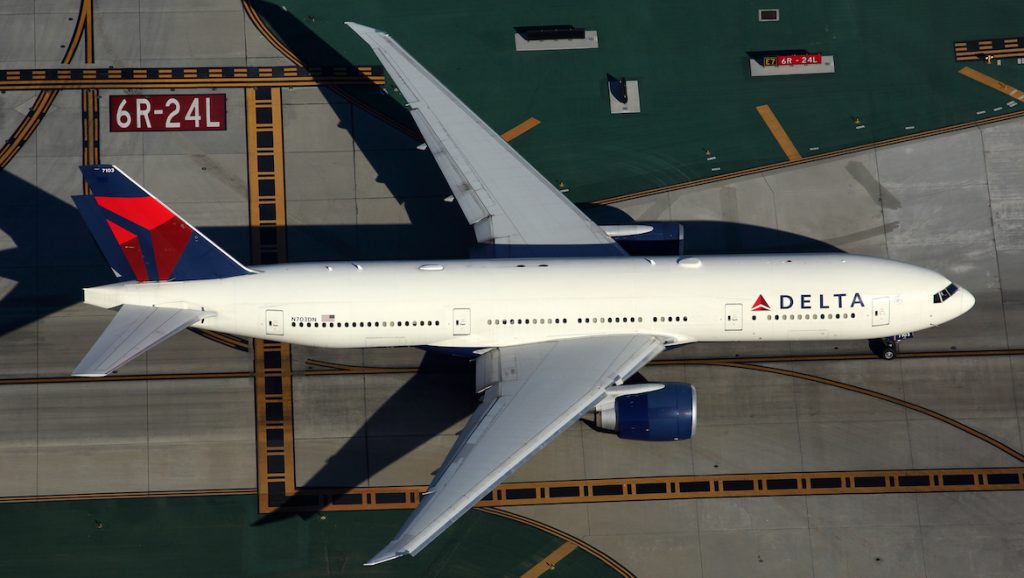Coronavirus could wipe out nearly 40 per cent of passenger traffic in 2020, according to an economic bulletin published on 1 April by Airports Council International.
This is equivalent to 3.6 billion passengers in absolute terms and would cause a loss to the airport sector of nearly half total expected revenues.
Based on previous years and growth pattern modelling, the industry was expected to generate about US$172 billion. The ACI report now puts expected losses to this figure at $76 billion.
“A drastic decline of such magnitude for the global airport industry represents an existential threat,” ACI World director general Angela Gittens said.

“A swift, effective and equitable economic policy response from governments is needed to protect millions of jobs, protect essential operations, and give the industry the greatest chance to weather the storm and recover quickly.
“The global airport industry has faced multibillion-dollar losses already in the first quarter of 2020, but it is now predicted that the impact of COVID-19 will extend not only to the second quarter of 2020 but also the second half of the year.”
The ACI bulletin suggests that it is reasonable to foresee a faster recovery in domestic passenger traffic, as countries emerge from the crisis at different paces. Flying internationally, ACI states, requires “implies reciprocal permissions”.
“Most experts in the air transport industry agree that recovery may take a year to 18 months to reach pre-crisis traffic levels and the industry may not record pre-COVID-19 traffic volumes again before the end of 2021,” it said.
“A fair and equitable global economic policy response is required to safeguard essential airport operations, to protect millions of jobs worldwide, and to ensure the survival of the industry and lay the foundation for a fair recovery.”
ACI said that many hub airports are taking all possible measures to weather the crisis. The airport industry is highly reliant on fixed and unavoidable infrastructure costs; however, many are seeking to minimise ongoing variable costs by “closing portions of infrastructure, postponing capital expenditure, and addressing staffing costs”.










